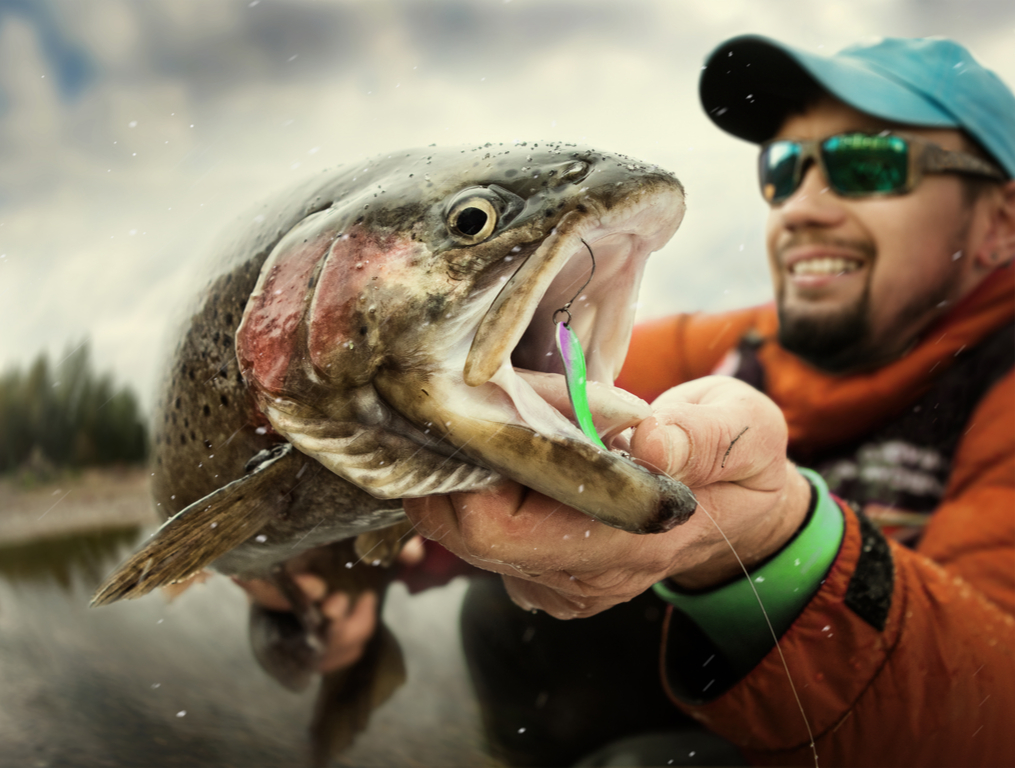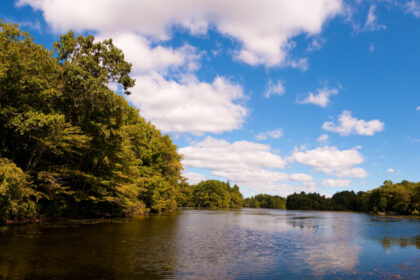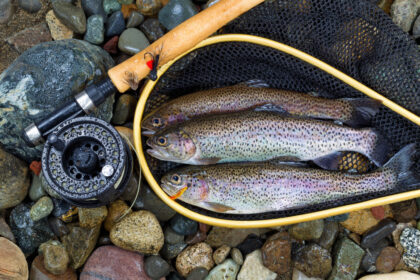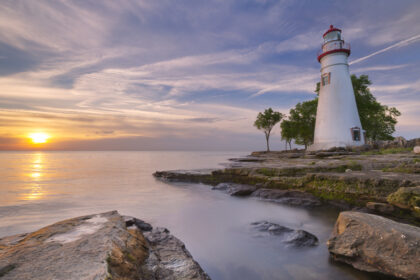Trout fishing is one of America’s favorite pastimes, so no, you’re not alone if you want to join the crowd. As you learn how to trout fish, you too can enjoy the Great Outdoors, a serene landscape, and quality family time.
Best of all, trout fishing is pretty simple to get started but can keep you coming back for decades to perfect. Lucky for you, this post just covers the basics of trout fishing for beginners.
Right here, right now, we’re giving even the biggest noobie our there everything needed to become a weekend trout warrior. First things first…we gotta find some trout…
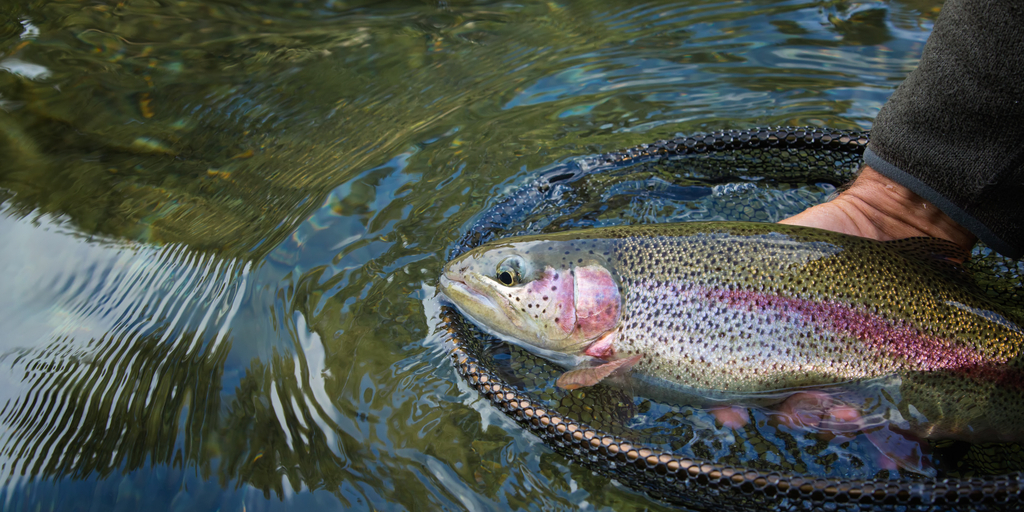
Common Places to Find Trout
Trout fish live all over the world, including throughout North America, North Asia, and Europe. Trout commonly traverse cool, clear, moving streams and rivers, as well as lakes and oceans. There are 11 species of trout in North America in which Cutthroat, Rainbow trout, Brook trout, and Brown trout are the most common variations.
You will likely find trout in bodies of water in woods that are home to bobcats, bears, and other animals. This is because trout are one of the most accessible food sources for wildlife.
Anglers can experience rewarding adventures in coastal streams, alpine lakes, urban ponds, and high desert rivers. These are ideal spots where you are more likely to find some trout swimming through the waters.
Lakes and ponds
Calm, still water is trout’s favorite, where you will find them on the move, “cruising” the water looking for food.
Some likely spots to look for trout in lakes and ponds are:
- above aquatic vegetation
- around logs, rocks, stumps, or at stream inlets where streams flow into the lake/pond bringing cool freshwater.
- cool water lakes – trout are cold-water fish; they are more active there. In the warm summer months, you can look for trout in deeper, cooler waters and high mountain lakes that stay cool year-round. Catching trout in summer can be fun as they can be a bit more finicky those days.
Rivers and streams
In moving waters, trout stay in one spot and wait for the water current to bring food to them. Aquatic insects are their primary food source. You can find trout in slow, calm waters where they stay to save themselves from water currents. Most rivers and streams fish best in the spring and fall when water becomes cooler. As the water gets warmer, find trout in faster riffles where the water tumbles over rocks.
Some likely places to look for trout in rivers and streams include:
- behind rocks, near the surface where water flows over rocks and boulders on the riverbed.
- in slower, deeper pools
- near steep or undercut banks
Pro Tip: The more remote the lake or river is, the higher your chances are of finding trout.
Basic Trout Fishing Pole Setup & Rig

The first word to learn when getting ready to trout fish is “rig.” The rig describes an arrangement of lures, tackle, sinkers, or other equipment used to catch fish. You might attach the rig to a rod, carry it by hand, or mount it on a boat.
To set up your trout fishing rig, you need the following:
Fishing rod and reel
If you don’t own a fishing rod yet, there are many places to buy them, including online outlets and your local sporting goods store.
Fishing line
Usually, the fishing line comes with the rod and reel, but check to make sure it does. If the rod does not include the fishing line, you’ll need to buy some. Then, spool it in the reel. It’s important that your fishing line is neat and ready for trout hunting — make sure the line isn’t tangled and there aren’t any other flaws inside the reel that could significantly affect your trout fishing adventure.
Set of hooks
The best hooks for trout fishing are sizes 4-12.
Bobbers
You need nothing fancy; a basic bobber is fine. It must be large enough to prevent your hook and bait from sinking into the water.
Sinkers
A sinker is the opposite of a bobber. It should be light enough so that when it’s attached to the bobber, it won’t drag the bobber down.
Bait
Now the fun part — freshly picked worms are hands down the best bait. But you can also use crickets or trout worms.
Once you’ve got all your supplies, it’s time to set the rig up to the fishing line. To do so, follow these steps:
The easiest pole to get familiar with is the spinning model. In this model, you’ll need a two to six-pound ultralight rod with a 2000 series reel on it and a ten-pound braided line to fish any kind of lure.
For Spinner setup – You’ll need 8lb or 10lb braided line, 6’6″ rod, open face reel, down to 10lb clear flour carbon connected with blood knot or uni knot (check out the video at the end to see how to tie one).
For Bait setup – You’ll need a 60-100lb rod 6’6″ rod, open face reel with 8lb or 10lb braided line connected to 10-12lb clear flour carbon with a blood knot. Put a bobber stopper onto the leader above your bobber with a ¼ sliding float (fat end facing the pole), add weight under a bobber, then barrel swivel with leader under 3′ leader 6lb-8lb leader with 8lb bait hook.
For Bait Setup for bottom fishing (shore) – You’ll need 8lb or 10lb braided line, 6’6″ rod, open face reel, down to barrel swivel with a sliding weight tied up above barrel swivel, 6lb clear flour carbon leader connected below swivel, #4 or #6 bait hook. You’ll want floating bait to get the bait off the bottom.
Poacher rig
The poacher rig comprises a lure (a slow-sinking or shallow-diving plug) and a fly in tandem. It isn’t so popular these days, but very effective in increasing your fish-catching potential. It helps you catch more fish than the standard lure alone. The late angler Johnny Mastos swore by the fly-fish poacher rig.
Floating bait rig
In this type of rig, the sliding sinker allows the trout to pick up the bait without feeling the weight. Lighter weights are ideal to use in winter as the trout are closer to shore. In the summer, use ½ oz. weight because trout rest in deeper, cooler water. The length of the leader is crucial in this setup. Keep the length around 2 ft in winter, 3 ft in spring, and 4 to 5 ft in summer.
3-way rig
It can be used in drift fishing and fishing from shore in a current. A 3-way rig is designed to keep your bait off the bottom and anchor bait offerings in tides.
Basic Bobber Rig
Novice anglers commonly use the bobber rig for still fishing. It can be set up in different fashions. Position the fixed or sliding bobber correctly as per the depth of the water and the depth you want to suspend your bait off the bottom. Whether you’re fishing from a boat, in a lake, or river, a basic bobber rig is unbeatable!

How to Trout Fish in Streams
In fast-moving waters like streams, trout stay in one spot and wait for the water current to bring the food to them. Aquatic insects drifting in the current are their primary food source. In addition to food and protective shelter from predators, stream trout also search for places to rest away from the ripping current. Good places to find trout in streams include:
- Behind rocks or other structures (search for water where the surface is textured with riffles or bumps).
- Near steep and/or undercut banks.
- Deeper, slower pools of water.
It is best to fish most streams in the spring and fall seasons when water temperatures are cool — remember, trout like the cool water. It’s also important to note that most rivers and streams are not stocked with fish, so you will most likely be fishing for naturally produced, wild fish.
As the water warms up, look for trout in faster riffles. Some rivers are open for trout fishing year-round. Trout fishing can be excellent in the winter months, but you should wait to get some trout fishing experience under your belt before braving the cold and snow.
Pro Tip: In the winter, look for trout in slow, calm waters where they don’t have to fight strong currents.
The best stream trout fishing techniques include:
Casting a spinner or spoon:
Start by casting your spinner slightly upriver and reel in any leftover slackline. As the water current carries your spinner downriver, hold as much fishing line off the water as possible to create a “natural drift.” Once your spinner swings toward the shore and is straight downriver, start a moderate retrieve.
Drifting a worm or an artificial bait:
Always have enough split shot to get within a few inches of the bottom. You can also add a bobber to help you keep track of where the bait drifts.

How to Trout Fish in Lakes
In still waters such as lakes, trout cruise the water as they search for food. But they also don’t want to get too far away from the cover that protects them from predators. Some common places where trout gather in lakes include:
- Above aquatic vegetation.
- Around rocks, logs, stumps, and other formations found at inlets that allow the streams which flow into the lake to bring cool, fresh water — and likely food too.
- Deeper waters, particularly in the hot summer months, as the trout search for cooler water and protection from overhead predators.
The best times of the year for trout fishing in lakes are the spring and fall because they usually bring cooler weather. When water temperatures are cool, the trout are more active. These seasons are also when most lakes are stocked (if they are stocked). In the summer, you can find trout in water that is cooler and deeper, like high mountain lakes that can stay cool all year.
The simplest techniques for lake trout fishing are:
Suspend the bait under a bobber:
Begin with a piece of worm on a baited hook. Attach a small lead weight above the hook to help the bait sink. Next, add a bobber about 1 1/2 to 3 feet above your hook. Cast out your line and wait for the bobber to move or dive.
Fishing with bait off the bottom:
When the trout are deep in the water, your bait needs to be deeper down to reach the fish. For this technique, there is no bobber to suspend the bait. Instead, you will attach the lead weight about 1 1/2 feet above the baited hook and then cast out. Doing this will allow the lead weight to sink while the bait floats up and hovers 1 1/2 feet above the bottom of the lake.
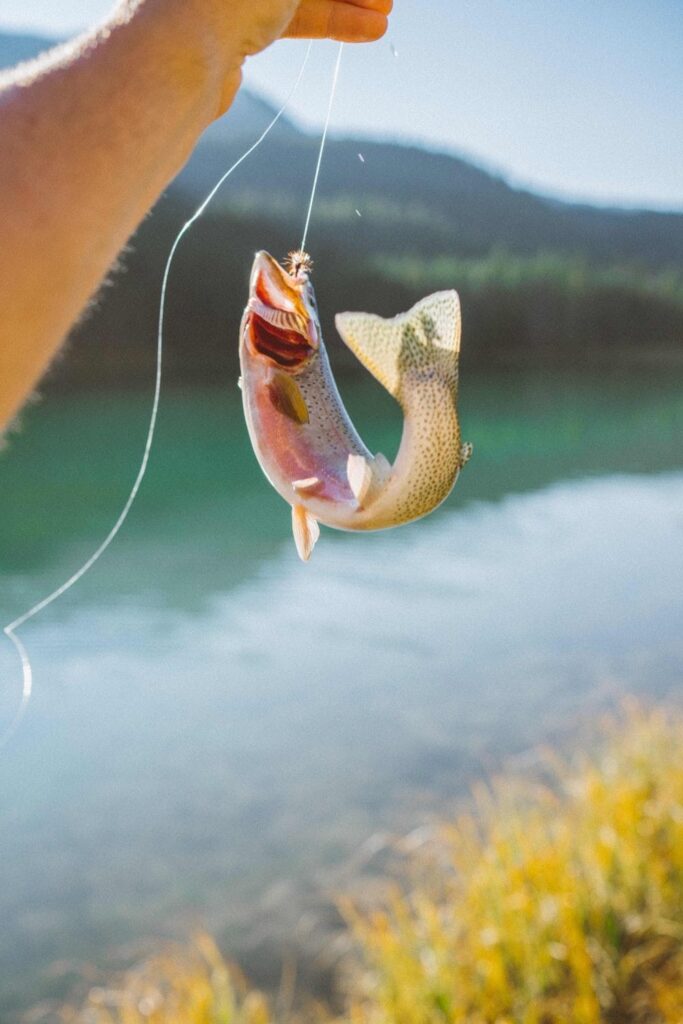
What’s the Best Bait for Trout?
Now it’s time to go over the best bait for trout.
Lure or fly (rooster tail or spoon):
People say that Rooster tails are the bread and butter of trout anglers. You can easily change them in and out on a swivel, and fish will bite no matter where they are in the lake. With these baits, don’t add weight and cast as big as you can. Work it like a clock and reel immediately. Also, make sure you point the tip at the lure and not up. You don’t have to yank it up, instead lift it and keep your reel steady with constant tension.
Natural Bait:
This includes nightcrawlers, mealworms, minnows, and crickets. These types of bait are attractive to fishers because they are easy to obtain and are also effective.
Buoyant bait:
If you are doing bottom fishing, it’s important to use buoyant bait that will get to the deep parts of the water without getting lost.
Artificial bait:
Corn, salmon eggs, and power bait (for stocked fish) are all kinds of artificial bait. To use these, put them on and pinch. Cast lightly to ensure the bait stays on. Then, let 1 foot of line out to get leverage and cast. It’s important to watch to ensure your bait stays on — look for two splashes. Allow it to sink all the way down. Leave some slack in the line and lean your pole at a 45-degree angle. Next, cast around the clock and leave your bait in each spot for about 20 to 30 minutes.
Topwater bait:
For topwater fishing, you will want to use live bait in most instances, such as mealworms, minnows, and nightcrawlers. Thread your live bait through the end. Start shallow before going deeper by adjusting the sliding float. Keep your bobber straight up and down. If it lies flat, that means the bait is too deep, and you will need to adjust the bobber to fish more shallowly. When you get a nibble, pull the pole straight up firmly, not with a hard yank. Cast out various distances and around the clock (9 to 3) until you start to get hits. Then repeat.
Now that you know the basics of how to trout fish, you can get out and start enjoying the life of an angler. If you have any questions, please contact us today.
Check out our related article to see What to Catch Rainbow Trout With.

